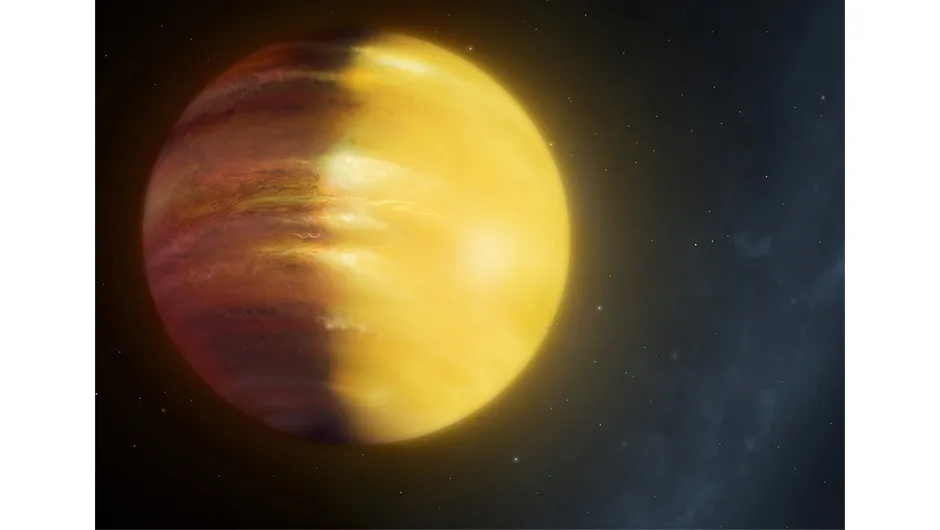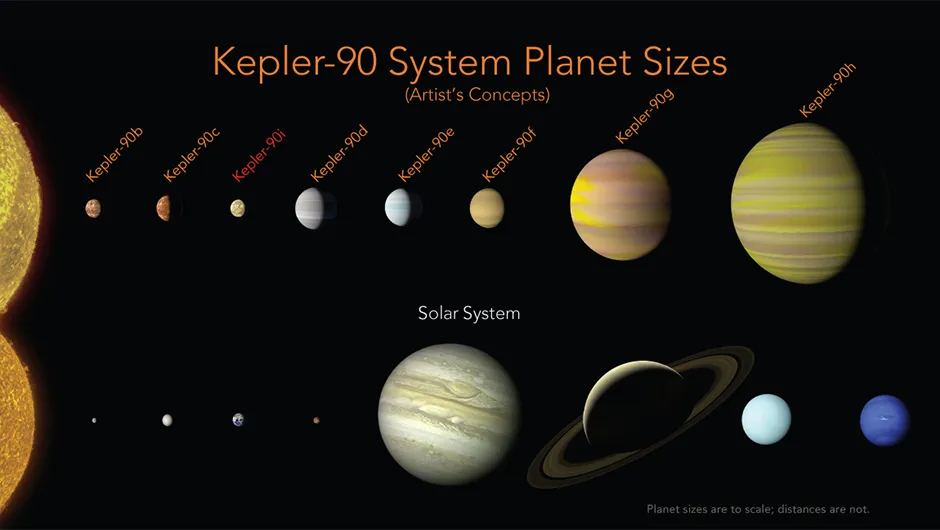NASA's decision to retire its Kepler space telescope after nine years may be the end of an era in exoplanet discovery, but no one will likely doubt the project's success, while the search for yet more alien worlds is set to continue well into the future.
Named after the 17th century German astronomer Johannes Kepler, NASA's first planet-hunting space observatory was launched on 6 March 2009 into an 'Earth-trailing' orbit around the Sun.
Kepler is currently more than 137 million km away from Earth: almost the same distance as that between between Earth and the Sun!
Until 2013 Kepler was pointed towards the northern constellations of Cygnus, Lyra and Draco, deliberately looking away from the Sun throughout its entire orbit.
From this stable vantage point, Kepler could focus longterm on a small patch of space and hopefully detect the distinctive dimming of light caused by Earth-sized planets passing between their stars and the telescope's sensors.

While Kepler's fixed field of view covered just 115 square degrees, or 0.25 per cent of the sky, the scale of the project was nevertheless impressive, requiring the regular observation of more than 150,000 main sequence stars.
Kepler's sole detector was a Schmidt camera with a 1.4m (55-inch) primary mirror.
The camera, with a total resolution of 94.6 megapixels, was the largest system launched into space at the time.
While it was operating, Kepler regularly downloaded roughly 12 gigabytes of data about once a month.
The first significant result of the Kepler mission was the confirmation of the already-detected transiting exoplanet HAT-P-7b (aka Kepler 2b).
At the end of 2009 NASA announced that Kepler's first six weeks of data had revealed five previously unknown planets, all very close to their stars.
By the following June, initial data released on all but 400 of the telescope's 156,000 planetary target stars included more than 700 thought to be viable exoplanet candidates.
As Kepler continued observations, these figures grew.
In February 2011, nearly two years into the mission, planetary candidates had risen to more than 1,200, with at least 54 located within their respective 'habitable zones'.
By the end of the year the total had almost doubled to 2,326, with signifiant increases in the number of Earth-sized and 'super-Earth' worlds.
By any criteria, Kepler had been a great success. In November 2012 NASA confirmed that, while Kepler's original mission had now officially been completed, it was going to be extended for up to four years.
However, by now one of the four 'reaction wheels' used to fine-tune Kepler's positioning had failed.
Less than a year later, in May 2013, a second failure forced the premature abandonment of Kepler's mission.
Except… Kepler enjoyed a 'Second Light'.
By the close of 2013, NASA had proposed a second mission - K2 - utilising the telescope's remaining capability to focus on a somewhat different patch of sky, taking on supernova explosions, star formations, asteroids and comets, as well as continuing to search for exoplanets.
NASA announced the first K2 exoplanet discovery (HIP 116454 b) in December 2014.
There is little doubt that Kepler's findings have changed our understanding of the universe: based on its findings, astronomers at Caltech in 2013 proposed that the Milky Way contains at least as many planets as it does stars.
That's between 100-400 billion exoplanets!

Kepler has also helped personalise the subject on Earth through citizen science.
Since December 2010, some 300,000 volunteers across the globe have examined Kepler data through the Planet Hunters website, making an invaluable contribution to real astronomy by detecting and helping confirm numerous candidate exoplanets.
Since 2017 Exoplanet Explorers - a joint initiative between Zooniverse and ABC Stargazing Live in Australia - has focused on data from the K2 mission.
Examination of Kepler's data will likely continue for many years to come.
At the very least, Kepler already leaves a legacy of more than 2,600 exoplanet discoveries.
"Thanks to Kepler, we're one step closer to finding a planet that could harbour life and one step closer to finding life elsewhere in the universe," according to NASA's Astrophysics Division Director, Dr Paul Hertz.
"New NASA missions will build on Kepler's discoveries including the Transiting Exoplanet Survey Satellite (TESS), and the James Webb Space Telescope, both of which will take our search for life in the universe to new levels," he says.
"The Kepler Mission has been a huge success in finding there are more planets that stars in our galaxy," according to William J Borucki, the Retired Principal Investigator on the Kepler mission.
"Many of these planets are near in size to the Earth, and they're about the right distance from their star so they can have liquid water on their surface.
Kepler has opened a new era in astronomy."
